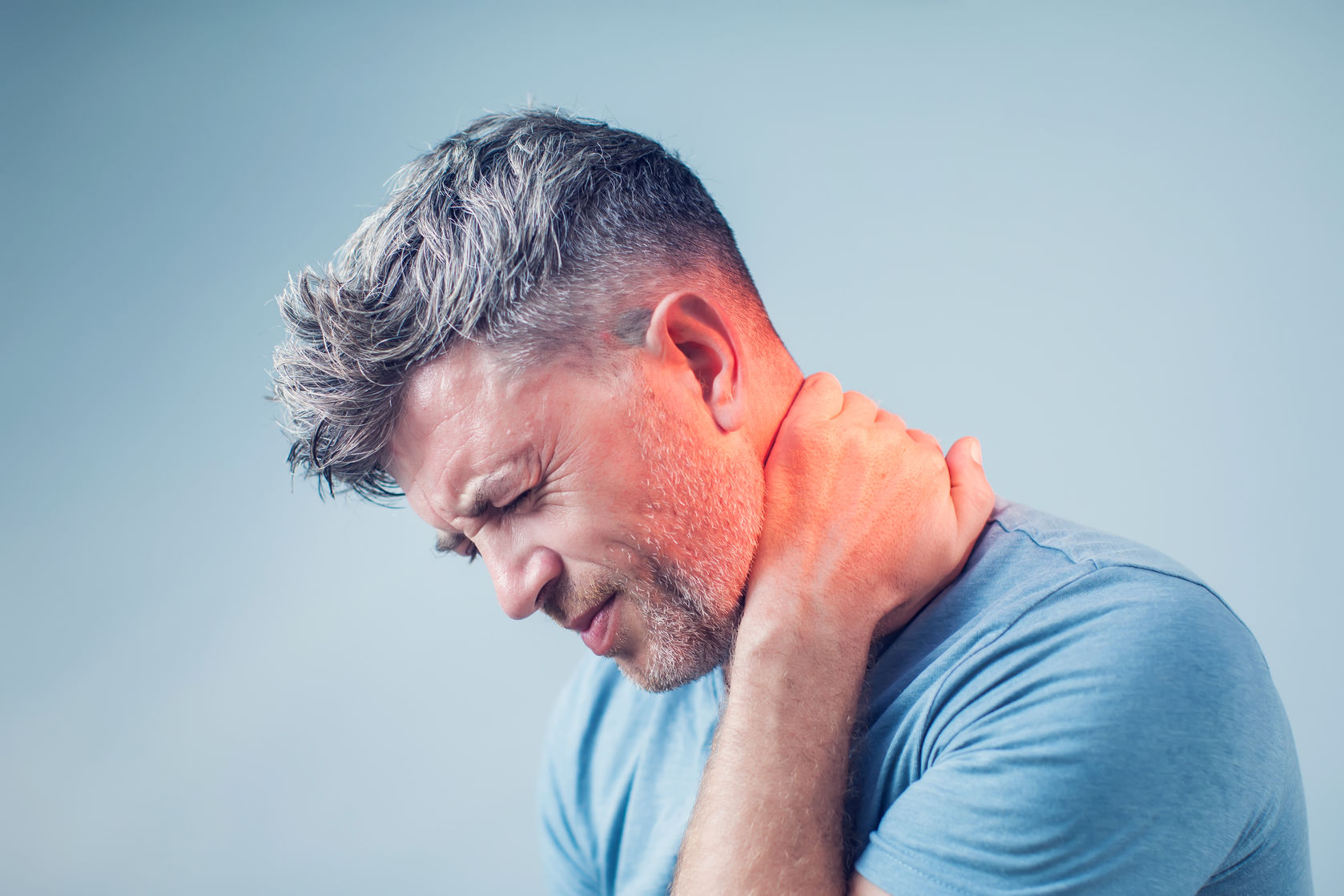Spinal Stenosis; Etiology, Indications, and Treatment
Spinal Stenosis can have an adverse impact on the quality of life. Individuals who observe symptoms correlating to the disease should consider visiting a neurologist. A neurologist can help conduct tests for diagnoses and provide guidance that would help ease the symptoms.
Spinal Stenosis
Spinal Stenosis is a condition in which the space within the spine narrows down, which asserts pressure on the nerves. The spinal nerves are responsible for sending signals from the brain to the other parts of the body. The damage to spinal nerves can compromise functioning, such as maintaining the balance of the body and walking. The condition is also recognized as pseudo claudication, central spinal, and foraminal spinal Stenosis.
Symptoms of Spinal Stenosis
- The symptoms of Spinal Stenosis are:
- The individual feels physically weak.
- The person finds it difficult to walk or to stand in the same position for a longer time.
- It is painful for the patient to stand.
- The patient might not be able to maintain balance
- Tingling sensation in arms and legs
Causes of Spinal Stenosis
The common causes of Spinal Stenosis are:
- With time and age, the tissues expand; and the bones become bigger, which leads to nerve compression. Research has shown people above 50 years are more prone to suffer from this condition.
- Achondroplasia is a genetic condition, which compromises the formation of the spine.
- Congenital Spinal Stenosis is a defect on which the person has a narrower spinal canal.
- Paget’s disease can cause the bones to become weak and grow abnormally.
- Spinal injuries, such as disc displacement and fractures can be the cause of asserting excessive pressure.
- A spinal tumor can be the cause of abnormal growth of tissues in the spinal canal.
- Scoliosis might be genetic, that causes the spine to deform and result in spinal sclerosis
Diagnosis of Spinal Stenosis
The tests performed on the patient for diagnoses and determining the condition are:
- MRI: The test helps in discerning the bone damage.
- Bone Scan: Bone scans assist in diagnosing bone growth and damage.
- Electomyelogram: It helps to evaluate the condition of spinal nerves.
- Physical Exam: Physical health and medical history is the first step. It helps in determining the chances of the person to suffer from the condition. Also, observing the movement help in understanding the severity of the disease.
Treatment of Spinal Stenosis
The treatments that are proven to be effective for patients suffering from spinal stenosis are:
- Cortisone Injection: The cortisone injection will help in reducing the swelling and give relief from the pain.
- Laminectomy: It is a surgical procedure, in which the parts of vertebrae are removed for providing space to nerves.
- Spinal Infusion: The procedure is only performed in severe cases; to connect the affected bone parts to the spine.
- Foraminotomy: It helps to broaden the spine, from where the nerves exit.
- Heat Therapy: Using heating pads or towels can help the muscles relax.
- Cold Therapy: Cold therapy helps in reducing pain and swelling.
- Exercise: Recommended exercises and stretching can be beneficial for the patient.
Spinal Stenosis is a severe condition and requires proper treatment to help the person manage the symptoms. If individuals want to have an expert opinion should contact a neurologist in Islamabad. A neurologist can help the patient understand their condition and provide assistance in managing the symptoms to lead a more normal life.


